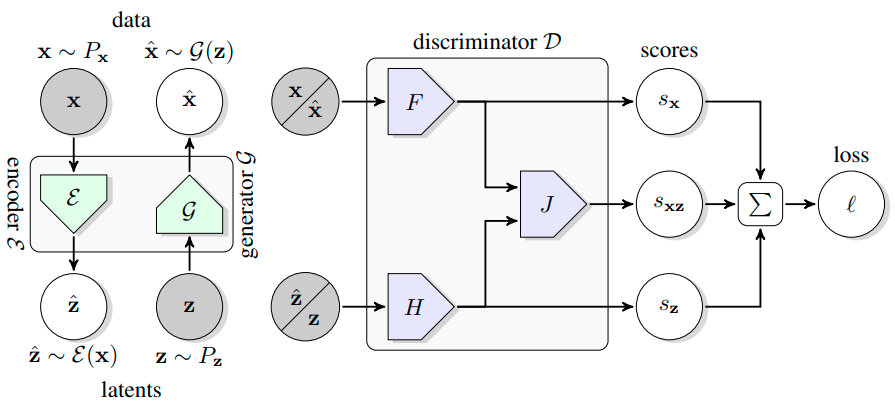Revisiting Self-Supervised Visual Representation Learning
Unsupervised visual representation learning remains a largely unsolved problem in computer vision research. Among a big body of recently proposed approaches for unsupervised learning of visual representations, a class of self-supervised techniques achieves superior performance on many challenging benchmarks. A large number of the pretext tasks for self-supervised learning have been studied, but other important aspects, such as the choice of convolutional neural networks (CNN), has not received equal attention. Therefore, we revisit numerous previously proposed self-supervised models, conduct a thorough large scale study and, as a result, uncover multiple crucial insights. We challenge a number of common practices in selfsupervised visual representation learning and observe that standard recipes for CNN design do not always translate to self-supervised representation learning. As part of our study, we drastically boost the performance of previously proposed techniques and outperform previously published state-of-the-art results by a large margin.
PDF Abstract CVPR 2019 PDF CVPR 2019 Abstract





 ImageNet
ImageNet
